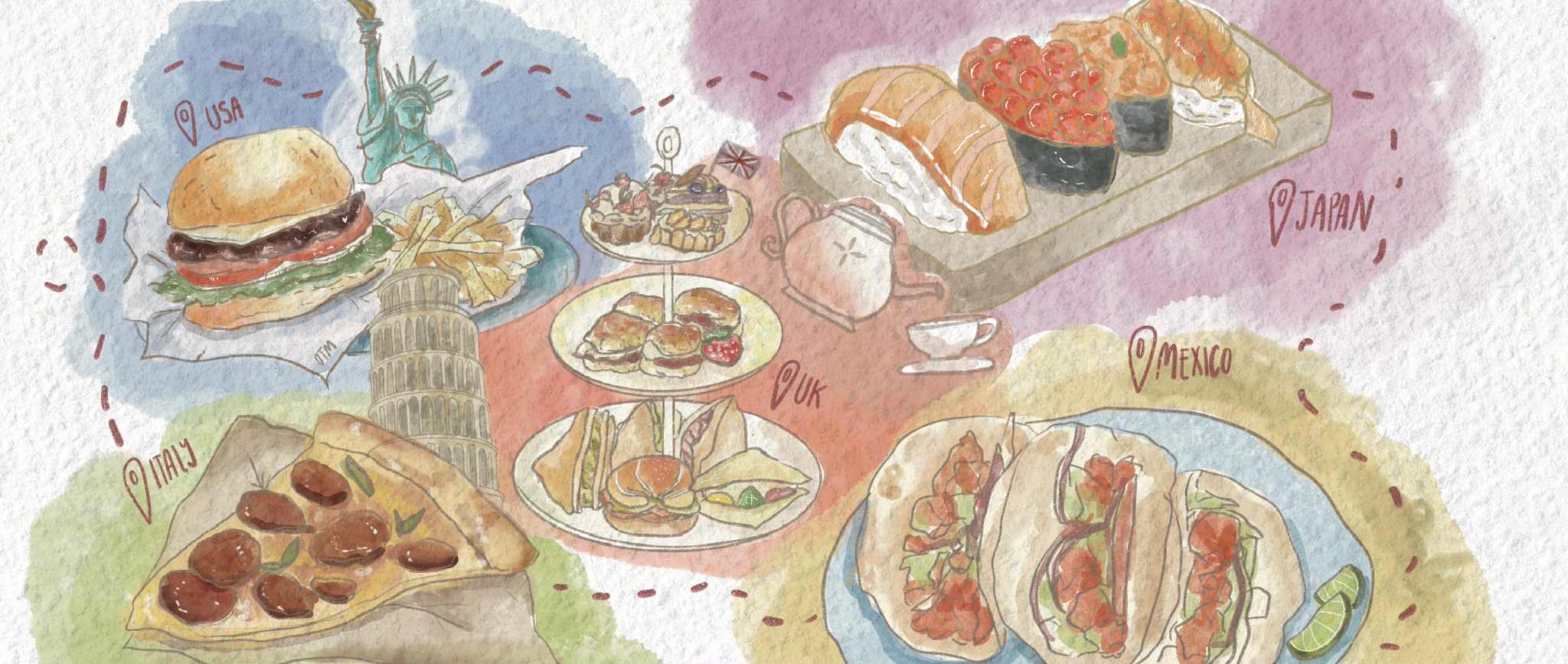When October is around the corner, my feed overflows with people decked out in German-style dresses and others accessorized with suspenders and feathered hats. They’re most likely gripping onto a liter-sized beer in a comically large glass mug. The occasion is widely known as Oktoberfest! Though the roots of Oktoberfest lie in modern Germany, the festivities have spread across the rest of the world, America included.
The history behind the Bavarian folk costumes runs deep, tracing back to the early 1800s. Oktoberfest stems from the royal wedding between King Ludwig I and Princess Therese of Saxe-Hildburghausen. The wedding was celebrated for five days with an elaborate horse race and beer — though the beer played only a minor role back then. As celebrations continued annually, the state realized they could capitalize off the event and in the late 1880s, Oktoberfest began forming into what we’re familiar with today: breweries, carousels and music.
In my opinion, the highlight of any festival is always the food and drink. Oktoberfest wouldn’t be complete without an overflowing stein of Märzen, the amber lager brewed especially for the event. Originally, Bavarian brewers prepared Märzen in March, storing it in cool cellars to be enjoyed once autumn arrived. Its malty flavor and smooth finish made it the perfect companion to a long day of celebration.
To balance out the beer, hearty, carby Bavarian dishes are consumed in masses. Pretzels (or Brezel in Bavaria) trace back to priests in 610 AD, their knot shape symbolizing arms folded in prayer, an ode to Germany’s Protestant past. At Oktoberfest, the pretzels are baked huge, golden and salty, often paired with mustard or cheese dip. In Munich, the cheese spread is called Obatzder, a melted concoction of Camembert cheese, butter and onion. The rich cheese and soft bread soaks up the Märzen in your stomach after a long day of drinking.
Then there’s Bratwurst, a sausage link grilled to perfection and served in flaky rolls, like a large pig-in-a-blanket. The name originates from Nuremberg and is widely known as the “farmers’ sausage.” Mainly made up of pork and veal, it’s a classic street food favorite that dates back to medieval German markets. Bratwursts are a hit every year, commonly one of the most sold dishes at Oktoberfest alongside the Brezel.
One of the oldest dishes in Germany — Hendl, a roast chicken — became popular at Oktoberfest in the 19th century. Over 800,000 rotisserie chickens are roasted and sold every October for the festival. When ordered, half of a rotisserie is served, skin and all. It’s juicy while simultaneously salty enough to buy another beer. The chicken is devoured at wooden tables under large tents with folk music serenading the scene.
What began as a royal celebration has transformed into a timeless tradition that invites millions to join together with drink and food. Together, these dishes are so much more than festival food; they’re cultural artifacts. Each bite tells the story of Germany’s long standing royalty, history and love for celebration. Oktoberfest unites communities not just across Germany, but around the world.
A version of this article appeared in the October 9, 2025 edition of the Daily Nexus.




















